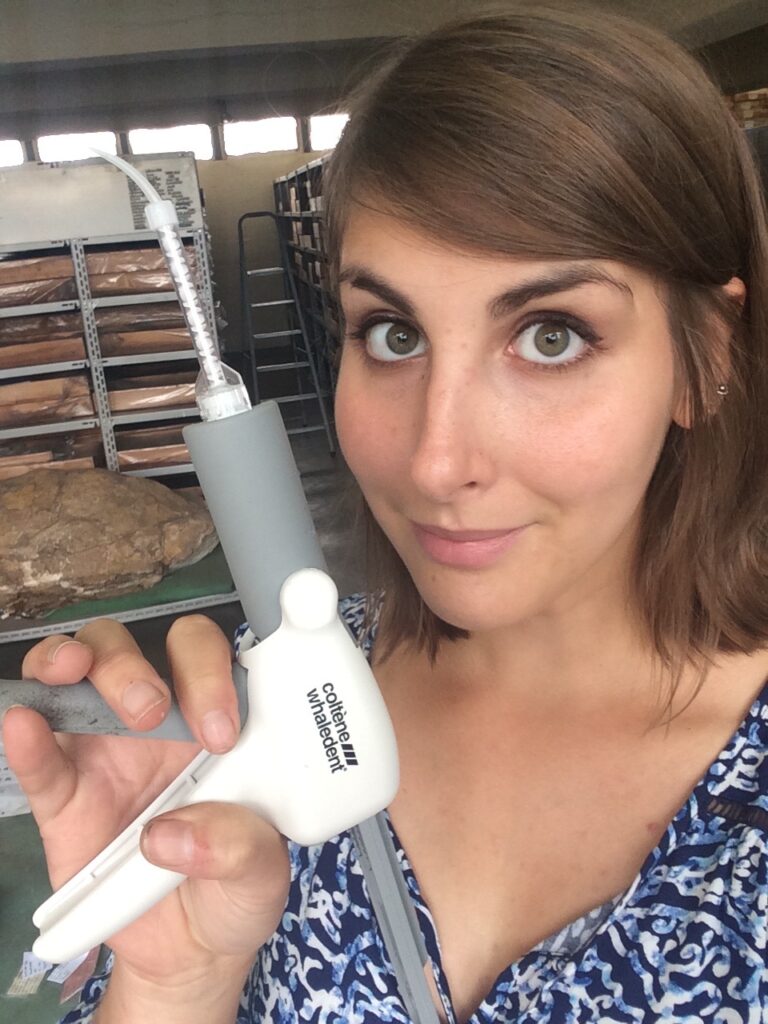
Tessa Cicak is a Ph.D Candidate at the University of Minnesota. She received a Leakey Foundation grant in 2020 for her project entitled “Examining the role of competition in primate dietary morphology and isotopes.”
Q: When did you first realize you were interested in science? Did you like science as a child, or did you come to it later?
I can’t remember when I first became interested in science. I think I’ve always been fascinated with nature and with the past. When I was little I would spend hours exploring the woods behind my house or digging in the dirt looking for “fossils” (these “excavations” never revealed any fossils, but I found a lot of neat rocks). My parent encouraged this curiosity and we would often spend weekends at museums or watching nature shows. I was always interested in archaeology, but I was also very interested in primates. During my undergraduate studies, I had a few amazing biological anthropology professors and I was hooked.
Q: Can you tell us about your Leakey Foundation-supported research project?
This project tests the hypothesis that primates respond to competition over food resources by focusing their feeding on underutilized resources. This shift in feeding focus is hypothesized to cause change to primates’ tooth shape and change their dietary isotopes. Because teeth and isotopes are shown to accurately reflect diet, dental shape analyses will be employed to analyze the degree of dental trait variability and isotope analysis will be used to examine differences in habitual canopy use as well as differences in diet between primate dyads that live together and separately. This project asks two research questions: 1) do closely-related primate species focus their diet on a few key food items when they live together compared to the same species when they occur separately? and 2) do closely-related primates species display morphological traits and isotopic signatures that reflect a focus on fewer key resources when they live together compared to the same species when they occur separately?
Q: How did you feel when you learned you won a Leakey Foundation grant?
I was so excited, honored, and happy! Getting a Leakey grant will allow me to finish analyzing my data and finish my dissertation.
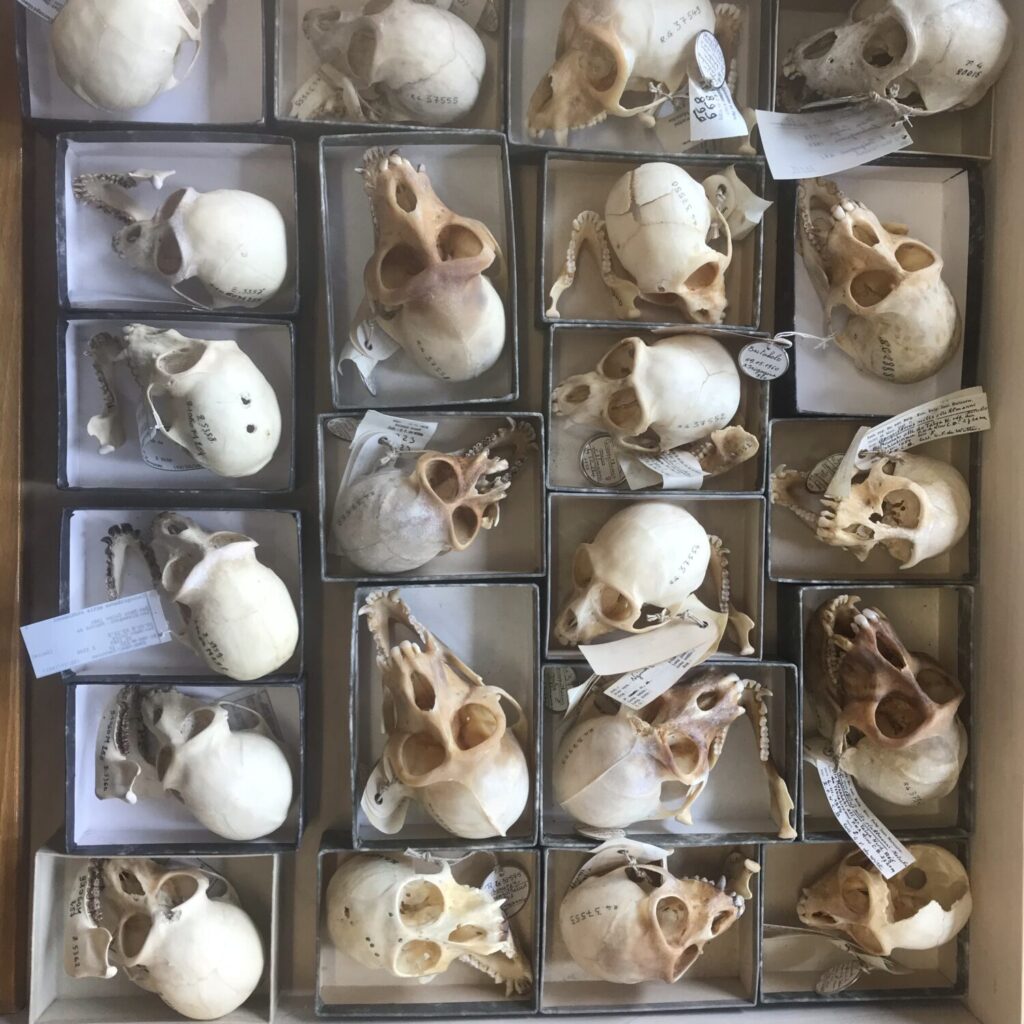
Q: What has been most exciting about your Leakey Foundation-supported work so far?
My data collection allowed me to visit so many famous museums and work in their primate collections. Each of those trips were so exciting and inspiring. One of the coolest moments was looking through the original expedition logs and journals at the Smithsonian.
Q: What are some of the challenges you’ve faced in your work?
Confirming the locations of each of the primate specimens has been the biggest challenge especially when many of those locations have been renamed since the original date of collection.
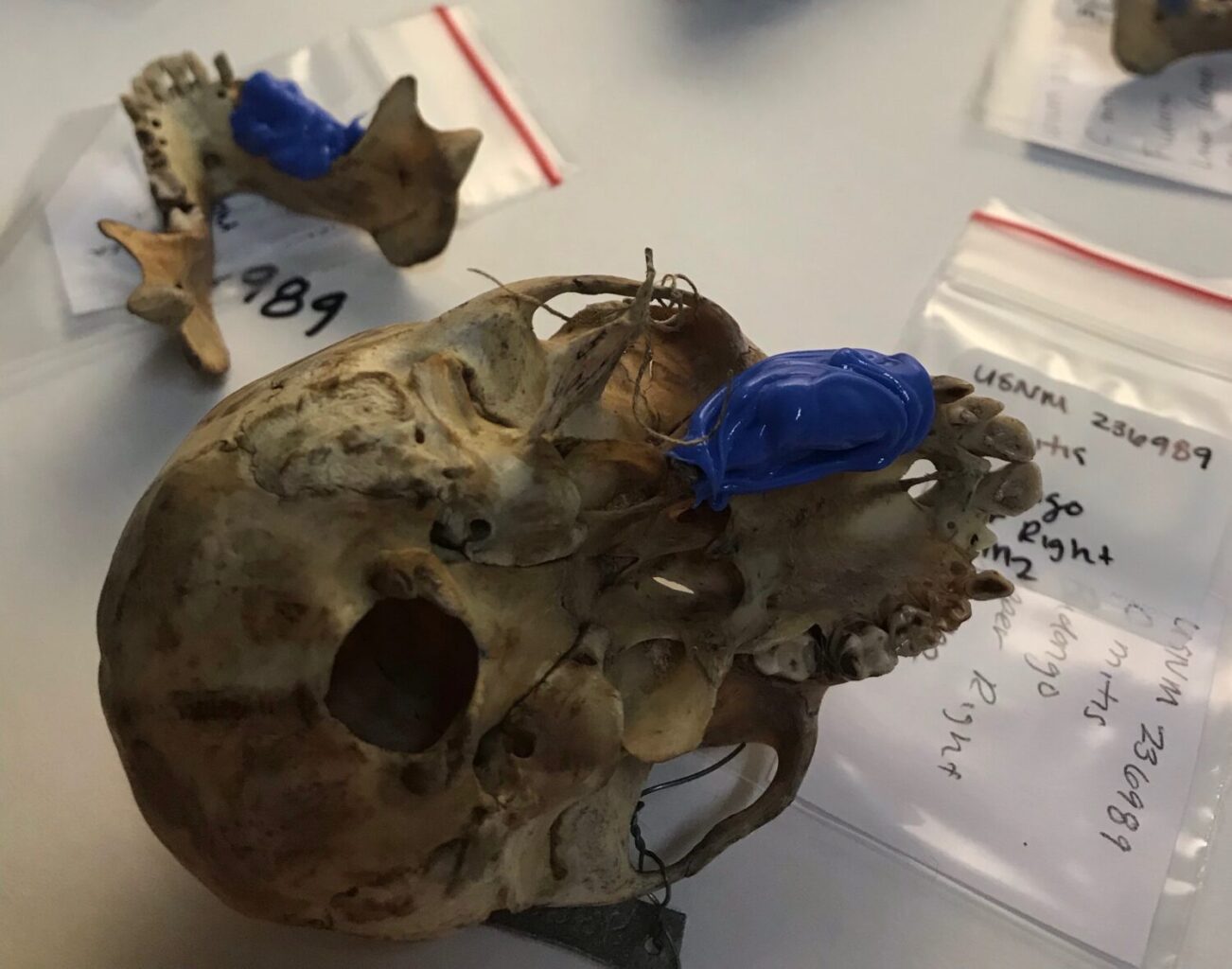
Q: Why is research like yours important? Why should people be interested in human evolution?
I think my research is important for primate habitat conservation and also it creates a model for which we can test competitive interaction in the fossil record.
Human evolution can help us understand the complex relationships past humans have had with the environment. Studying the environmental processes that aid in evolution and extinction can help present-day humans better understand how human communities and the ecosystems they rely on will be impacted by climate change.
Comments 3


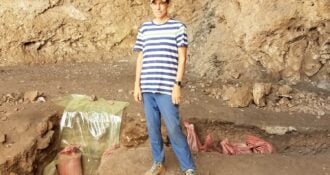
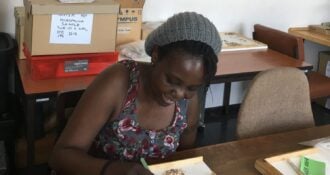
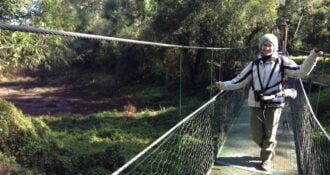

Excellent description of your research. You are inspirational. Congratulations on your grant. Mary A
Hello Miss Tessa,
What fond memories I have of you in elementary art class!
So happy to see you are having an exciting life!
Mrs Himes from North Side
Thank you for sharing this kind comment. We will pass it along to Tessa!